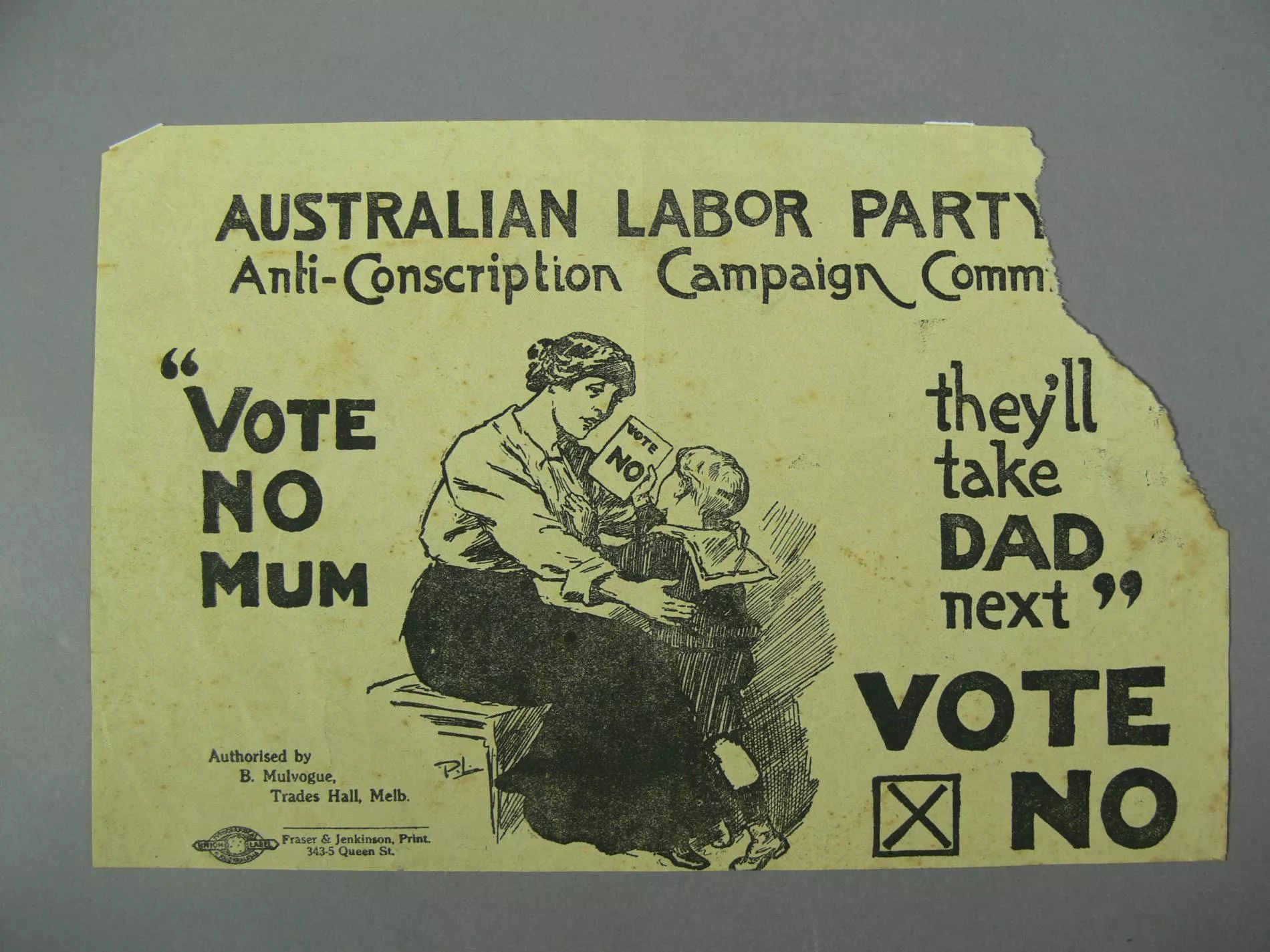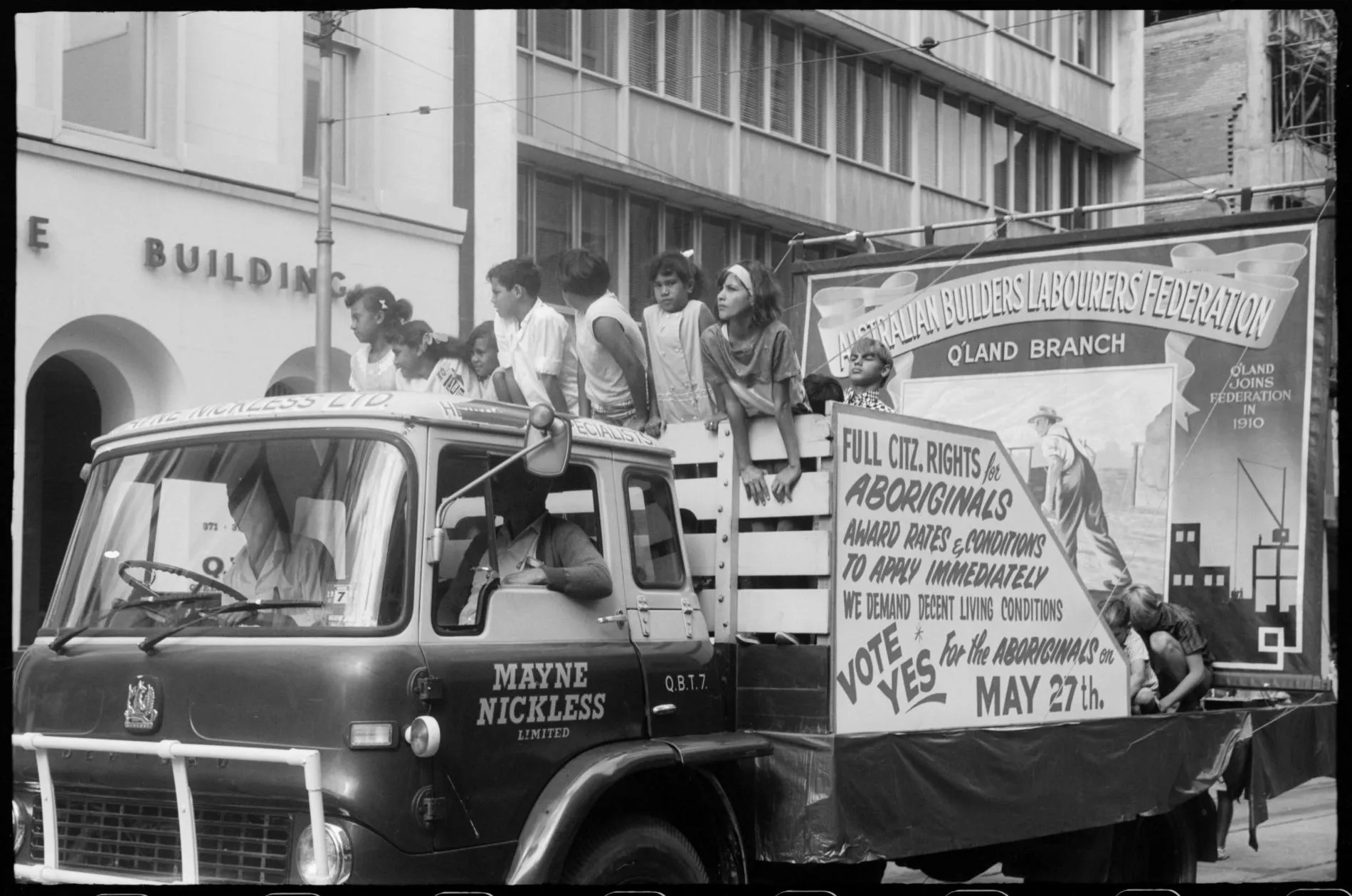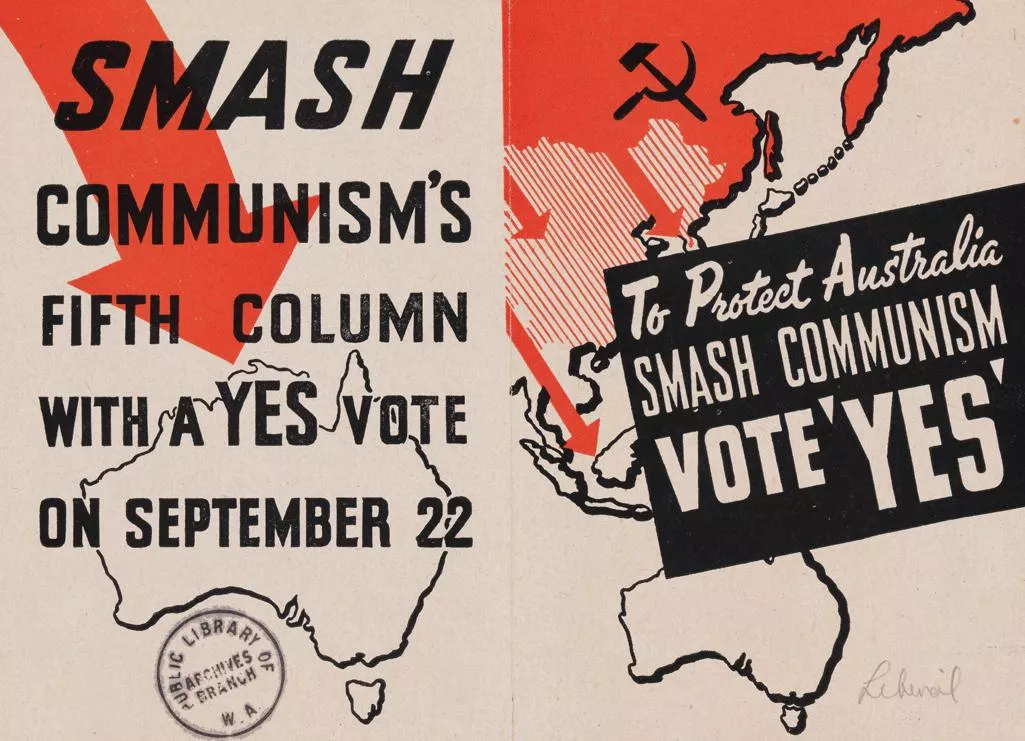What is the difference between misinformation and disinformation?
Common terms explained.
Have you heard the words 'misinformation' and 'fake news' a lot recently? This glossary will help you navigate the lingo associated with misinformation, fake news, disinformation and more.
A healthy democracy relies on citizens trusting that they can make decisions based on fair and accurate information. False and misleading information can damage this trust.
False information can pop up everywhere, from celebrity gossip to local news. Misinformation, disinformation and malinformation are more common around controversial topics, during emergencies or disasters, or when people and groups are opposed to the beliefs or choices of others. It is often associated with elections, voting and democratic (or anti-democratic) processes; hatefulness related to gender, sexuality, race, religion or socioeconomic status; or mistrust in governments and institutions.
Learning how false information works makes it easier to spot – and call out – when we see it online, and helps us make informed decisions about who and what to trust.
Key terms
There are three main categories of false information: misinformation, disinformation and malinformation.
Misinformation
False and misleading information created or shared by mistake, without the intent to mislead.
Misinformation is just one type of false information, but it is often mistakenly used to refer to any false, misleading, biased or manipulated information.
Disinformation
False and misleading information created or shared to deliberately mislead people.
Malinformation
Information based in fact that is manipulated, presented out of context, or shared to deliberately cause harm.
Related terms
Attention economy
It can be highly profitable to gain peoples' attention, hence the term 'attention economy'. We all have a limited amount of attention that we can pay to any one thing at a time. If companies or online creators can captivate us, they can sell products, services, or spread messages. This means that there is an incentive to create attention-grabbing information, which often needs to be more extreme or unusual to stand out.
Conspiracy theory
An explanation of an event that rejects the accepted or official account. Often a conspiracy theory will claim the event occurred due to behind-the-scenes manipulation or a plot by a small, powerful group. The 'flat Earth' belief is a long-standing conspiracy theory that the Earth is not a globe, but a flat disc. Flat-Earthers seem to have a distrust of experts and institutions, and the number of believers has increased as conspiracy theories spread online, particularly on YouTube.
Deepfake
Deepfakes are video, audio or images of people that have been edited or created using artificial intelligence tools. They are often created to mislead and usually depict people saying or doing something that never actually happened. High profile people with significant influence are often the targets. In the lead up to the 2024 US election, AI-generated images falsely showing Taylor Swift and her fans, 'Swifties', supporting Donald Trump were circulated on social media to gain votes. In Australia, deepfakes of politicians have been circulated online to falsely endorse fraudulent investment scams.
Fake news
The term 'fake news' has been around a long time, but became popular during the late 2010s when it was used to describe false and misleading information often associated with politics. It is now commonly used to attack or cause doubt about any kind of claim, whether it is false or not.
Generative AI
Generative Artificial Intelligence (AI) is artificial intelligence that can create content – like text, images, videos or music – with a few user prompts. For example, a generative AI tool can use a handful of words to generate an entire story. Generative AI technology can make it easier to create false or misleading information. Common generative AI tools include ChatGPT, Midjourney and Claude.
Hate speech
Language that expresses hate or encourages violence towards other people. Hate speech is common on social media and undermines human rights. It is associated with misinformation as it often relies on false and misleading information.
Hoax
Information that is created to trick people into believing things that aren't true or real. A common hoax you might see on social media is a false claim that a celebrity has died.
Meme
A meme is a humorous image, video, text or quote that is shared and referenced widely online. Usually created to entertain or capture a cultural moment, memes can also be used to spread false or misleading information.
Famous memes include Pepe the Frog, which started as a harmless cartoon before being turned into a meme by online groups to reinforce racist ideas. On the flip side, Bernie Sanders wearing a pair of eye-catching mittens during former US President Joe Biden's inauguration became a much-loved meme, not only raising Sanders' profile but also the popularity of the mittens.
Othering
Othering is related to political and cultural polarisation. It refers to individuals and groups being unfairly identified as not fitting in with the norms of a society. Othering is at the heart of discrimination based on race, gender, sexual orientation, religion and age. All kinds of groups can be othered in a variety of ways.
False and misleading information is often shared in the process of othering. For example, in Australia, LGBTQIA+ individuals and groups can be othered through hateful portrayals and false and misleading information. Misogyny, or the hatred of, contempt for, or prejudice against women is also a form of othering.
Polarisation
When there are two dominant but different political or cultural ideals in a society, key groups – often major political parties – focus on opposing, often extreme, views and policies to distinguish themselves.
Polarisation can be linked to the spread of misinformation and disinformation. In Australia and around the world, false claims about election rigging by one group against another, or unfairness in voting during elections are examples of how political polarisation influences the spread of misinformation and disinformation.
Propaganda
Propaganda is political information, opinions, arguments, ideas and images that are spread or broadcast with the intention of manipulating and influencing public opinion. Propaganda is not always false, but is always designed to support a particular argument, and can be misleading.
Social media amplification
Amplification refers to information spreading widely and gaining reach and engagement on social media. This can sometimes be referred to as 'going viral'. The goal of many online creators is to amplify their content.
Unfiltered, unchecked and untrue information can rapidly spread online from person to person and through personal networks.









